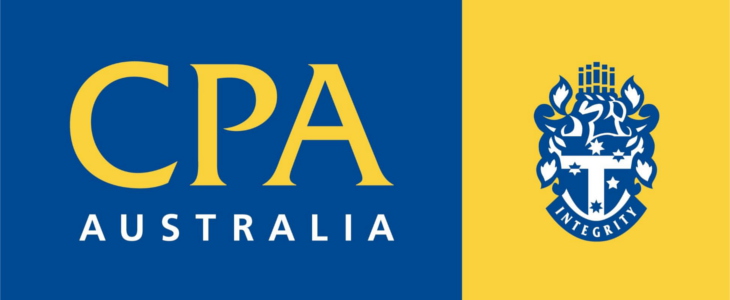Tax Planning Strategy 193 involves using your SMSF to purchase a farm (or hobby farm) and then leasing it back to the taxpayer (or associated entity) to operate a farming business. This strategy has the following attractions: Ability to combine the superannuation fund balances of up to 4 family members to purchase the farm.…
Read More »Rebatable employers are entitled to a FBT rebate equal to a percentage of the gross FBT payable, subject to a capping threshold. Organisations that may qualify for the FBT rebate include: Registered Charities who are endorsed as a charitable institution for these purposes Certain educational, scientific or public educational institutions Trade unions and employer…
Read More »This strategy involves transferring the life interest in business real property into a SMSF (instead of transferring the whole interest in the real property). The SMSF becomes the ‘life tenant’ with the ‘life in being’ based on the life expectancy of a member of the fund. The life tenant will become the registered proprietor of…
Read More »Small businesses buying art prior to 30th June 2017 with a purchase cost of less than $20,000 (excluding GST) are entitled to a full tax deduction. The art can be enjoyed at the small businesses office, warehouse, farm, or home office. There are no restrictions on the type of art or the number of pieces…
Read More »Tax planning strategy 180 The superannuation proceeds trust strategy involves creating a special type of testamentary trust under a will that is only funded by the deceased’s superannuation death benefits. The beneficiaries are limited to only the deceased’s tax dependents (i.e. spouse and children under 18). The advantage of this strategy is that as all…
Read More »Tax planning strategy 176 From 1st July 2018 fund members with a fund balance of less than $500,000 will be able to make additional catch-up super contributions. The catch-up super contributions can be either personal or salary sacrifice and can only be made from unused super contribution caps accruing from 1st July 2018. As the…
Read More »Tax planning strategy 165 Subscriptions, joining fees, levies and contributions paid to professional associations may be deductible under s 8-1 and/or s 25-55. Payments to trade and professional associations may be in the form of joining fees, periodic subscriptions or levies and other contributions. Deductions for periodic subscriptions are available under s 8-1 where it…
Read More »Tax planning strategy 186 A holding company is a parent corporation that owns enough voting shares in another company to control its policies and management. A holding company exists for the sole purpose of controlling one or several other companies. Holding companies also exist for the purpose of owning property such as real estate, patents,…
Read More »Tax planning strategy 188 A Child Maintenance Trust (CMT) is a special type of trust set up and established with income earning assets (typically shares or property) to provide support for a child (or children). Under the CMT deed the capital assets can only be distributed to the children for whose benefit the trust was…
Read More »This strategy is ideal for taxpayers who meet two criteria: They own a company with a franking account surplus (normally as the result of profits from operating a business or investments, the company paying tax and retaining those profits). The taxpayers (shareholders in the company) currently have nil or low taxable incomes (normally due to…
Read More »"You’d be stupid not to try to cut your tax bill and those that don’t are stupid in business"
- Bono: U2














